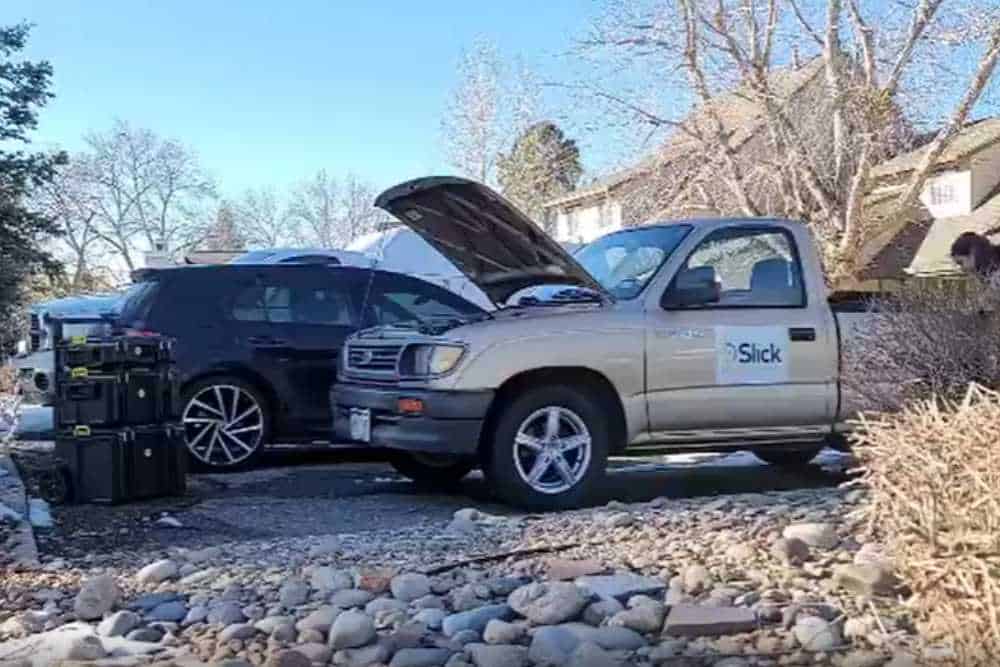
Are you familiar with all the different types of fluid that your car needs? When people tell you to “check your fluids,” they’re usually referring to your engine oil, coolant, and brake fluid. But don’t forget about your windshield wiper fluid and power steering fluid. And what about the transmission fluid? The list goes on…
It’s easy to become overwhelmed when thinking about all the different maintenance needs of your car. But learning a little about how your vehicle works will help you break down its maintenance requirements and better understand how to care for it.
Keep reading below to learn more about the differential system, differential fluid, and when a differential flush is necessary.
What is a Differential Flush?
One of the lesser-discussed vehicle components is the differential system. The differential is what allows your car to turn. It transmits power from your engine down to the axles that move your wheels.
Differential fluid serves as a lubricant for this system. It prevents grinding and friction and lubricates the internal components of the differential. It is specially weighted for optimal performance, and different weights can significantly impact your car’s performance.
Like engine oil, differential fluid can become dirty over time. A differential flush is performed to clean out the differential fluid system and replace old fluid with fresh, clean fluid.
Signs a Differential Flush is Necessary
Your differential system controls the way your car turns, so issues with turning your vehicle are some of the most obvious signs of a failing differential. If you hear grinding noises when you turn, you might have a differential problem. Similarly, it’s likely that a differential flush is necessary if you feel your vehicle shaking or “humming” on straightaways.
Take note if you notice a burning smell emanating from your gearbox (which is part of your differential system). The friction caused by under lubricated gears grinding against each other often creates a distinct burning scent.
Schedule your vehicle for a flush as soon as you notice differential problems. It’s much easier to pay for a fluid flush than it is to replace car parts that have been warped by under lubrication and overheating.
When to Flush
As a general rule of thumb, you should try to get a differential fluid flush every 40,000 to 60,000 miles. This varies according to the make and model of your car. If you’re not sure when your last differential fluid flush was or don’t know what your car’s recommended schedule is, check with your mechanic.
Get Your Differential Flush Today
Is a differential flush necessary for your car? Now that you know a little more about the differential system, you should be able to answer that question for yourself. Keep an eye out for any of the warning signs above, and take your car in for a checkup when it hits between 40,000 and 60,000 miles.
When it’s time for a flush, Slick Mobile Oil is here to help. Our services include differential fluid flushes, oil changes, transmission fluid flushes, and much more. Give us a call or schedule an appointment today to get started!

